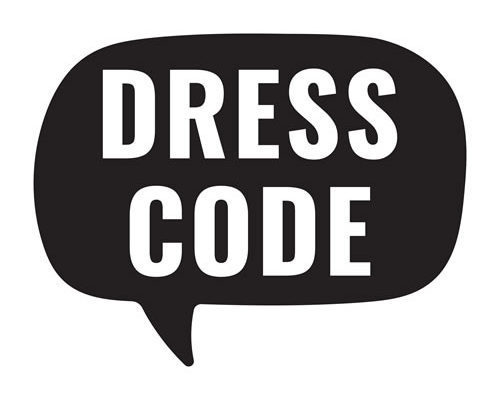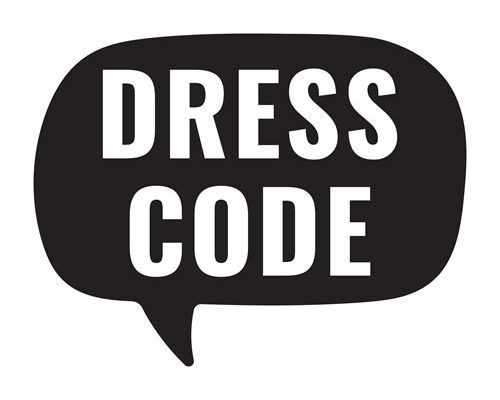
School dress codes have been a topic of controversy for years, with many arguing that they are necessary to maintain a professional and respectful learning environment, while others argue that they are outdated and infringe on students’ individuality. A dress code typically outlines specific guidelines for what students are allowed to wear to school, with rules ranging from prohibiting certain types of clothing like tank tops or shorts, to requiring students to wear a uniform.
Proponents of dress codes argue that they help reduce distractions in the classroom and promote a sense of unity among students. By requiring students to dress in a certain way, dress codes eliminate the pressure to constantly keep up with the latest fashion trends, and instead focus on their academics. Additionally, dress codes often prohibit clothing that is deemed inappropriate or offensive, which can create a more respectful and inclusive learning environment for all students.
Opponents of dress codes argue that they can be discriminatory and perpetuate gender stereotypes, particularly in regard to female students. Some dress codes have been criticized for unfairly targeting girls by prohibiting clothing that is considered “revealing”, such as spaghetti straps or shorts, while allowing boys to wear similar clothing without consequence. This can lead to body shaming and create an unhealthy focus on appearance rather than learning.
Ultimately, the decision to implement a dress code or not is up to individual schools and districts. However, it is important to consider the potential impact on students, and to create policies that are fair and inclusive for all. Dress codes should prioritize comfort, safety, and inclusivity, while also being flexible enough to allow for individual expression and creativity. By striking a balance between these factors, schools can create a positive learning environment where all students feel respected and valued.




